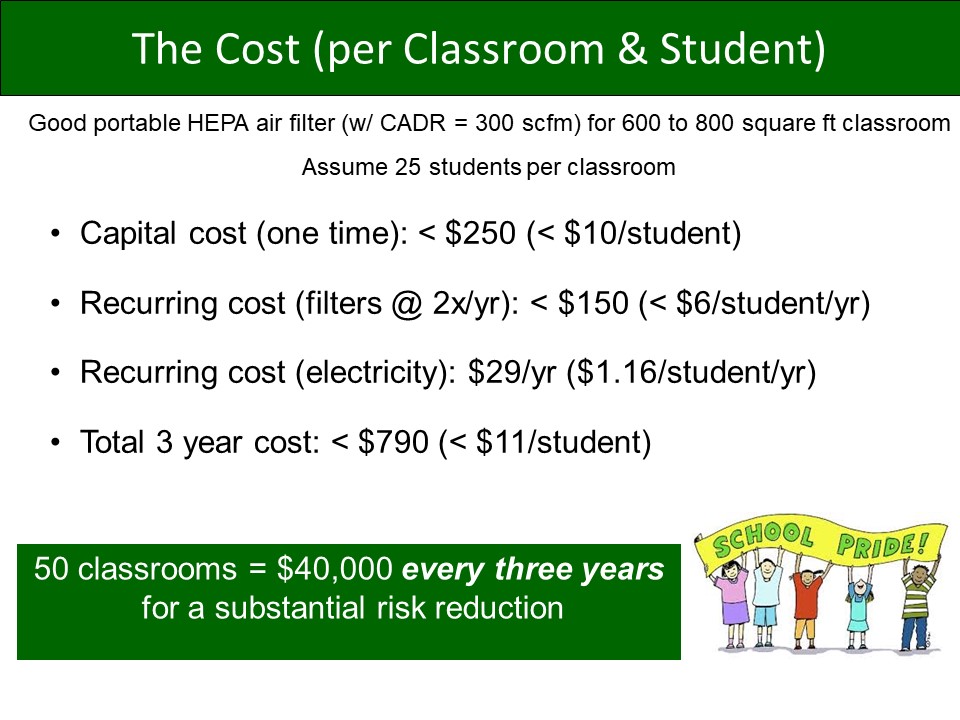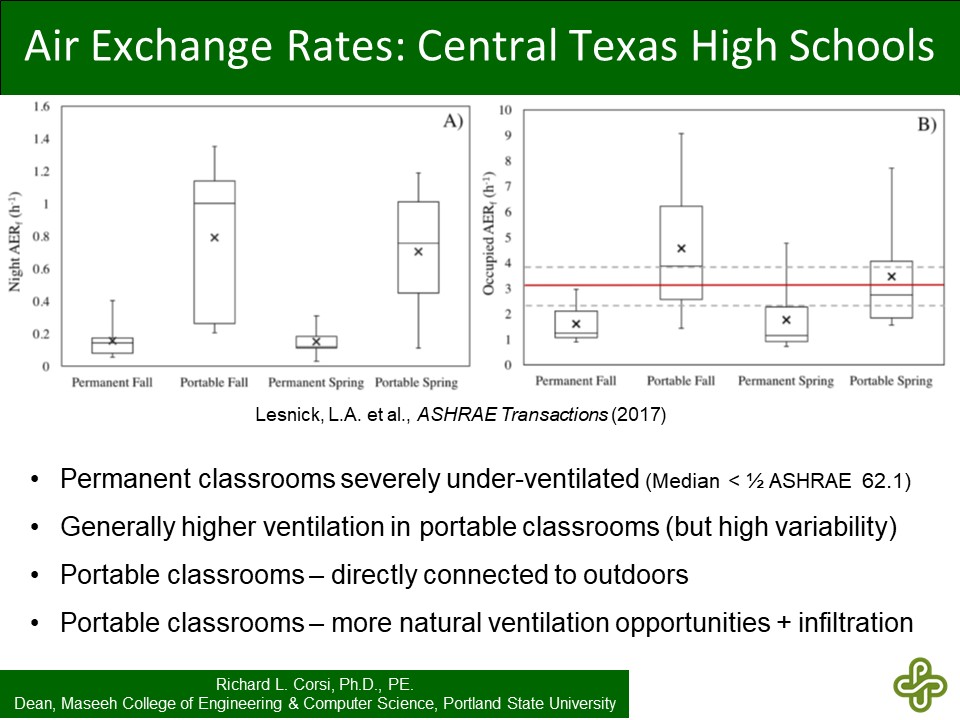
1/ Tragedy in Texas. When I was Chair of @ut_caee at UT Austin we implemented a new strategic vision that revolved around water, energy, growth of the built environment, and innovations in infrastructure that tie these elements together as a COMPLEX system.
2/ I was so proud of our early-career faculty who led an effort, for example, to develop a new graduate area in Sustainable Urban Systems (SuS) that rapidly grew into one of the most in-demand graduate areas in our department. Great effort. Great success.
3/ The ongoing tragedy in Texas reflects the importance of systems-oriented thinking to make cities, states, regions, and countries more resilient, and to understand the connection between built & natural environments as climate continues to change.
4/ Whether it is what just unfolded in Texas, Hurricane Harvey, massive western wildfires, etc, this is going to happen over, and over, and over again. We must battle the root causes of climate change while preparing for more massive challenges in the coming decades.
5/ A systems approach to addressing these challenges requires significant interdisciplinary collaboration (& education) to address water security, energy security, food security, health security, economic security, national security, etc., & their deep & complex connections.
6/ This horrific pandemic is another example of where lack of effective interdisciplinary collaboration has failed cities, states, and nations and magnified health, food, and economic insecurity, as well as deep inequities across many communities.
7/ We need innovation and bright minds from different disciplines (from science and engineering to economics, medicine, public health, social sciences, etc.) to come together to reimagine the built environment & its connections to the natural environment.
8/ Failure to do so will lead to a "fix it and wait for it to happen again" approach that has largely failed, repeatedly. We can do so much better. I am hopeful that generations to come will take on the challenge of doing so. But we need to start now. Let's Just Do It.
Correction - "Sustainable Systems Engineering."
• • •
Missing some Tweet in this thread? You can try to
force a refresh




